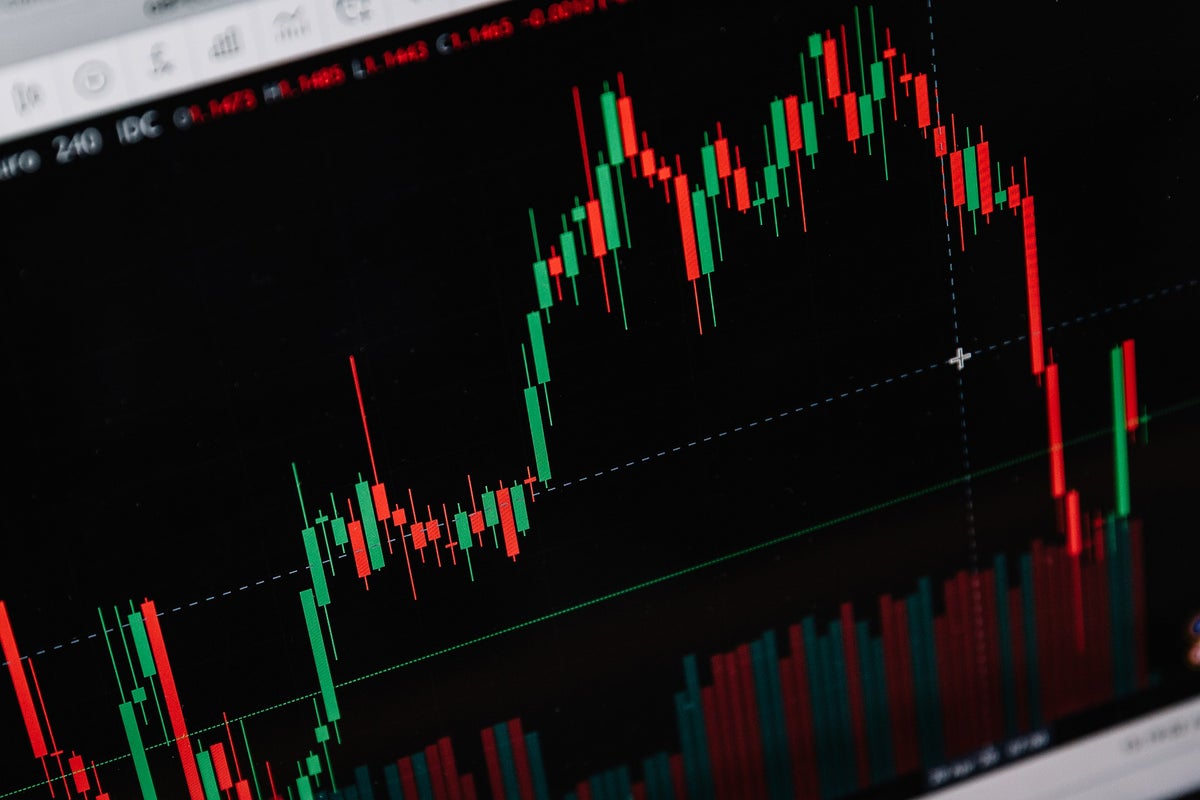The oil and gas sector is notoriously volatile, influenced by global supply and demand, geopolitical events, regulatory changes, and fluctuations in commodity prices. For investors, understanding the financial metrics that underlie the valuation of companies within this space is critical. One such metric, the price-to-earnings (P/E) ratio, provides valuable insights into a company’s market positioning, profitability, and future growth prospects. Northern Oil & Gas Inc. (NYSE: NOG) has emerged as a notable player in the North American energy market. This article delves into the factors influencing the price-to-earnings ratio of Northern Oil & Gas, examines its earnings performance, and explores the implications for investors and industry analysts alike.
Understanding Northern Oil & Gas Inc.’s Position in the Market
Northern Oil & Gas is a prominent independent oil and natural gas exploration and production company, primarily focused on the Bakken and Three Forks formations in the Williston Basin. This region has been a key area of focus for U.S. shale oil production, and Northern Oil & Gas has leveraged its assets to secure a strong market presence. The company has consistently expanded its operations through strategic acquisitions, which have bolstered its reserves and production capacity. As of the latest financial reports, Northern Oil & Gas has a diversified portfolio, with a focus on low-cost, high-return assets in one of the most prolific oil-producing regions in the world.
Understanding Northern’s P/E ratio requires an understanding of its market positioning. The P/E ratio, which compares a company’s share price to its earnings per share (EPS), is a common measure of how the market values a company’s profitability and future growth prospects. A high P/E ratio can suggest that investors are willing to pay a premium for future earnings growth, while a low P/E ratio may indicate market skepticism about the company’s future performance.
Factors Influencing Northern Oil & Gas’s Price-to-Earnings Ratio
Several key factors influence Northern Oil & Gas’s P/E ratio. These include operational efficiency, commodity price fluctuations, debt management, and market expectations regarding future growth. Let’s explore each of these elements in more detail:
1. Commodity Price Volatility
The oil and gas industry is highly sensitive to fluctuations in commodity prices, particularly crude oil. Northern Oil & Gas’s earnings performance is directly tied to the price of oil, as well as natural gas prices. The price volatility seen in recent years, driven by geopolitical tensions, OPEC production cuts, and changes in global demand, has significant implications for the company’s bottom line. When oil prices rise, the profitability of shale oil producers like Northern Oil & Gas tends to improve, which may lead to a higher P/E ratio as investors anticipate stronger earnings. Conversely, declining oil prices can negatively impact earnings, which may cause a drop in the P/E ratio.
2. Operational Efficiency and Cost Management
Northern Oil & Gas has managed to maintain a competitive edge in the industry by focusing on operational efficiency. The company has made significant investments in reducing drilling costs, increasing production rates, and improving its technological capabilities. These efforts help the company deliver higher returns on investment, even when oil prices are relatively low. As a result, Northern’s cost efficiency is a key driver of its earnings performance, which in turn affects its P/E ratio. A lower cost of production means that Northern can remain profitable under a wide range of price scenarios, making it an attractive investment for those seeking stability in the volatile energy sector.
3. Acquisitions and Reserve Growth
One of the primary strategies for Northern Oil & Gas is the acquisition of producing properties in the Williston Basin. This approach allows the company to expand its resource base while minimizing the risk typically associated with greenfield exploration projects. As a result, acquisitions have helped Northern grow its reserves and production profile, contributing to higher earnings. Investors often place a premium on companies with strong asset bases and proven reserves, which can drive up the P/E ratio. Northern’s ability to grow through strategic acquisitions is a key reason why its stock may trade at a higher P/E relative to other smaller producers in the region.
4. Debt and Capital Structure
In the capital-intensive oil and gas industry, managing debt is crucial for long-term profitability. Northern Oil & Gas has historically maintained a conservative capital structure, which has allowed it to weather downturns in commodity prices. However, in recent years, the company has increasingly utilized debt to finance acquisitions and expand its operations. A higher level of debt can lead to greater financial leverage, which may increase both the potential for growth and the risks associated with adverse market conditions. Investors will often factor in a company’s debt levels when evaluating its P/E ratio, as high leverage can lead to concerns about the company’s ability to service debt during periods of low commodity prices.
5. Market Sentiment and Investor Expectations
The broader market sentiment also plays a significant role in determining Northern Oil & Gas’s P/E ratio. In recent years, the oil and gas sector has faced increased scrutiny over environmental concerns and the transition to renewable energy sources. As a result, market participants may have varying expectations about the future performance of companies in the oil and gas sector. If investors are optimistic about the long-term viability of shale oil production and the ability of companies like Northern Oil & Gas to innovate and adapt, the P/E ratio may remain elevated. On the other hand, if there is growing pessimism about the future of fossil fuels, this can put downward pressure on P/E ratios across the industry.
Broader Implications for Investors and Industry Analysts
For investors, understanding the drivers of Northern Oil & Gas’s P/E ratio is essential for making informed decisions. While a high P/E ratio can indicate that investors are expecting strong future growth, it can also suggest that the stock is overvalued. Conversely, a low P/E ratio may present an opportunity for value investors who believe that the market has underestimated the company’s growth potential. In either case, investors must consider not just the P/E ratio, but also other financial metrics, such as cash flow, debt levels, and reserve growth, to gain a more holistic view of the company’s performance and prospects.
Risks and Challenges
As with any investment in the oil and gas sector, there are inherent risks and challenges associated with investing in Northern Oil & Gas. Some of these risks include:
- Commodity Price Fluctuations: The company’s earnings are heavily dependent on the price of crude oil and natural gas, which can be volatile.
- Geopolitical Risks: Tensions in oil-producing regions, such as the Middle East, can have a significant impact on oil prices and production costs.
- Regulatory Risks: Increased regulation related to carbon emissions and environmental concerns could affect the profitability of shale oil producers.
- Operational Risks: Challenges in maintaining or growing production levels, particularly in mature oil fields, can impact earnings.
Despite these risks, Northern Oil & Gas’s strategic focus on cost control, reserve growth, and efficient capital management position it well for future success in the competitive oil and gas landscape.
Conclusion
In conclusion, the price-to-earnings ratio of Northern Oil & Gas offers valuable insights into the company’s market valuation, profitability, and future growth potential. While commodity price volatility remains a significant factor in the company’s earnings performance, its operational efficiency, strategic acquisitions, and solid debt management help mitigate some of the risks. Investors should carefully assess the P/E ratio in conjunction with other financial metrics to evaluate Northern Oil & Gas’s investment potential in the context of an evolving energy market.
As the industry faces a transition toward cleaner energy, companies like Northern Oil & Gas that are well-positioned in the shale oil space may continue to provide attractive investment opportunities, especially for those seeking exposure to the North American oil market. However, ongoing volatility in oil prices, geopolitical instability, and environmental concerns mean that investors must remain vigilant and adaptable to changing market conditions.
For more insights into the oil and gas market, visit Oil and Gas Investor, or for further details on Northern Oil & Gas’s performance, check their latest reports on their official website.
See more CNBC Network



